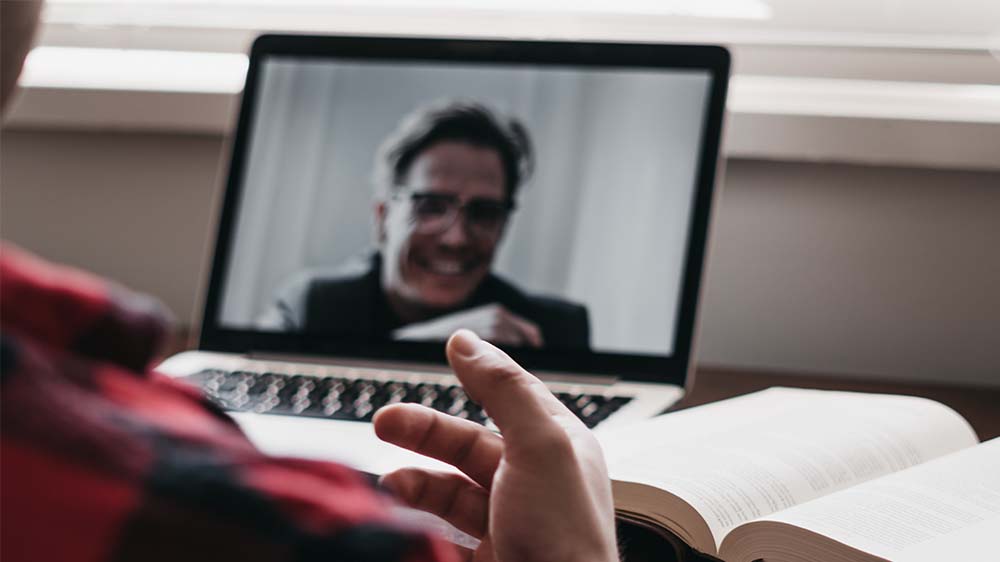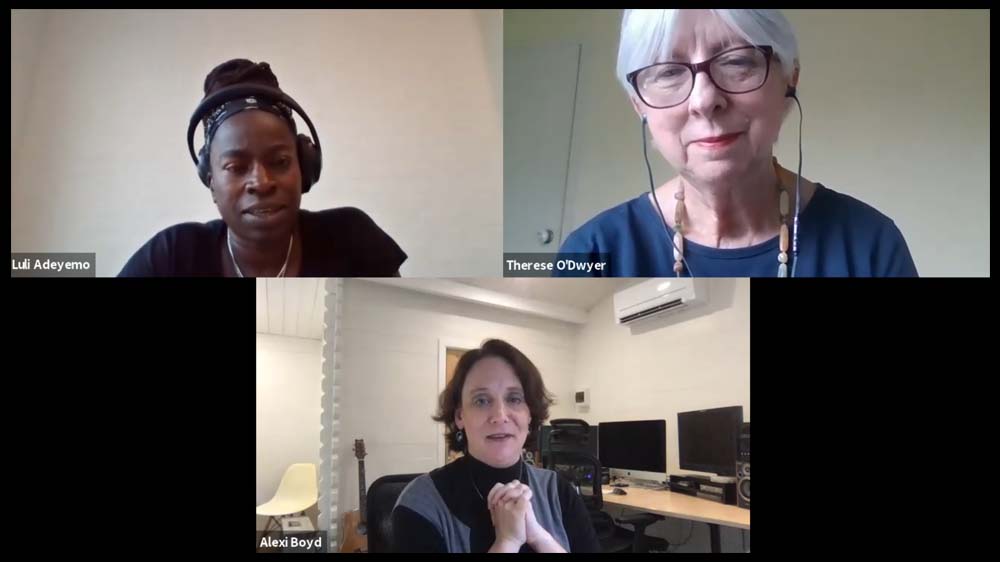Watch a short explainer video from Best Case Scenario’s Jen Murray. Find out the four simple steps to get started on event journey mapping.
Since the start of the Covid-19 restrictions we have served the changing online behaviours among your our client’s target audience. Our journey mapping methodologies are built around our experience and shift in marketing consumption giving you a clear view of what marketing asset mix is needed to get your prospects moving through the funnel.
I’m talking about the four simple steps you can take to creating a customer journey specific to event marketing
- It’s about driving prospects to interact and take notice of your event
- It’s about taking a holistic view of the pre, during and post event journey
- And most importantly don’t assume everyone is on the same journey and the same time
It takes at least 17 interactions in a b2b journey to get a response from a prospect, it's important to keep in mind that the same marketing asset isn’t a one size fits all.
For example: Thought leadership assets can be effective at the beginning and end of a customer journey. At the beginning of a delegates journey – the focus on a thought leadership marketing asset is usually a wider- industry focused piece and demonstrates expertise and knowledge.
But as that delegate travels further on in the journey, thought leadership takes on a different role, where it’s more specific around a solution and how attending the event can be beneficial
We advise our clients to do 4 things to get them on the right track to journey mapping
- Identify 3-4 ideal personas you would like to see at your event
- Do some research into their persona’s marketing consumption
- Look internally to see what exists in terms of marketing assets
- Now you can identify the gaps in the journey and what resources are needed to balance the experience of the delegate with achieving event and corporate goals.
Email Jen for a copy of her journey mapping guide at jen@bestcasescenario.com.au




 Visuals speak louder than words, below is a sample of how a virtual webinar looks to clients and prospects.
Visuals speak louder than words, below is a sample of how a virtual webinar looks to clients and prospects.
 2. Webinar Overview – Content Supported by Real Research for Added Credibility
2. Webinar Overview – Content Supported by Real Research for Added Credibility
 3. Key Take Homes & Messaging Clearly Defined
3. Key Take Homes & Messaging Clearly Defined
 4. Generate a Post Webinar Thought Leadership Report
This is where our clients find true value in hosting online discussions, this report serves as follow-up piece to not only participants, but also clients, prospects, media and other key stakeholders who consider our client as trusted advisers within their industry.
(Please note this is a sample of report and not related to the above webinar, which is currently in progress)
4. Generate a Post Webinar Thought Leadership Report
This is where our clients find true value in hosting online discussions, this report serves as follow-up piece to not only participants, but also clients, prospects, media and other key stakeholders who consider our client as trusted advisers within their industry.
(Please note this is a sample of report and not related to the above webinar, which is currently in progress)
 The key benefit for all business leaders in Technology, Government and Health is that we do the leg work in terms of meeting your key objectives, by using our tried and tested framework for guaranteed success.
Please contact me at
The key benefit for all business leaders in Technology, Government and Health is that we do the leg work in terms of meeting your key objectives, by using our tried and tested framework for guaranteed success.
Please contact me at 
